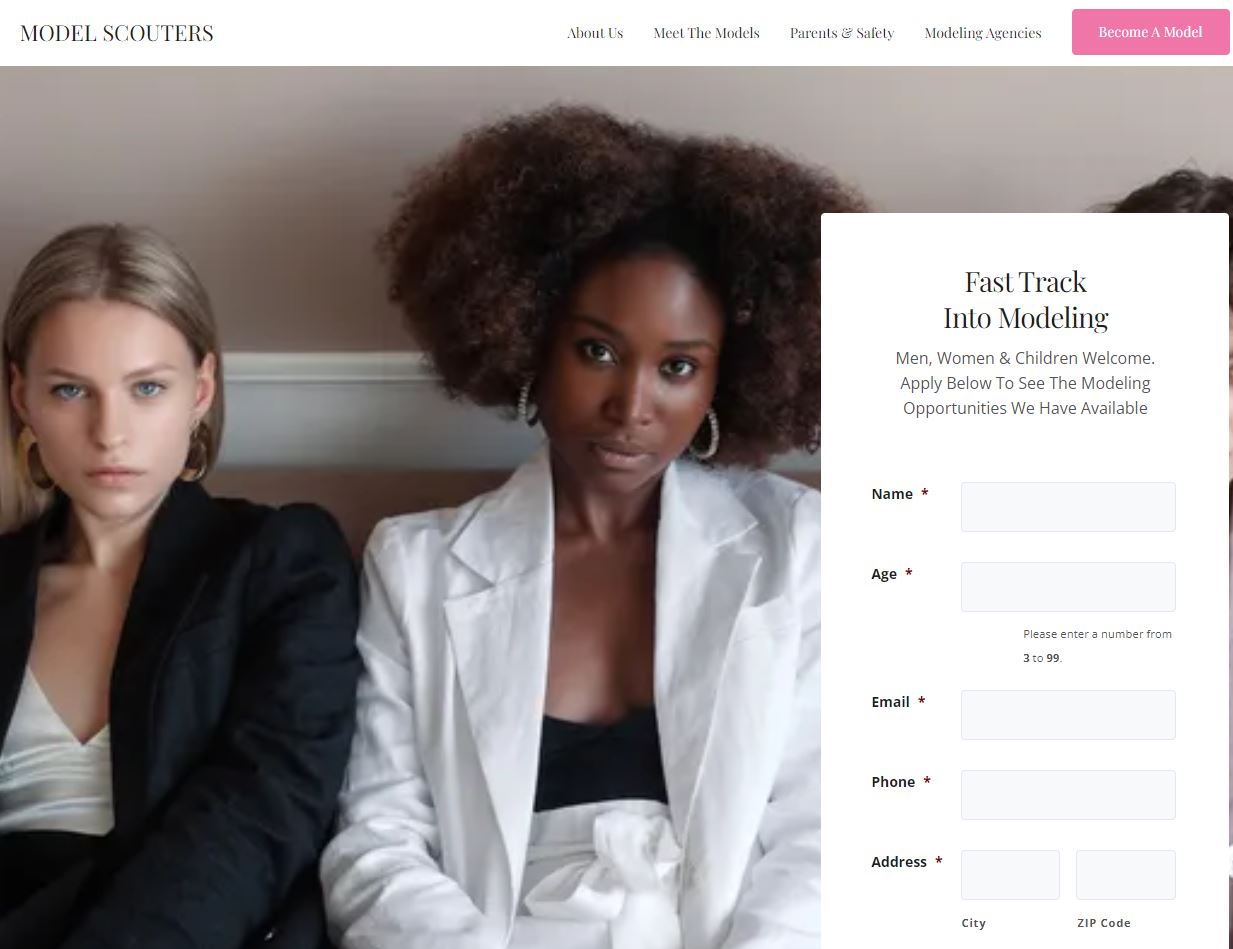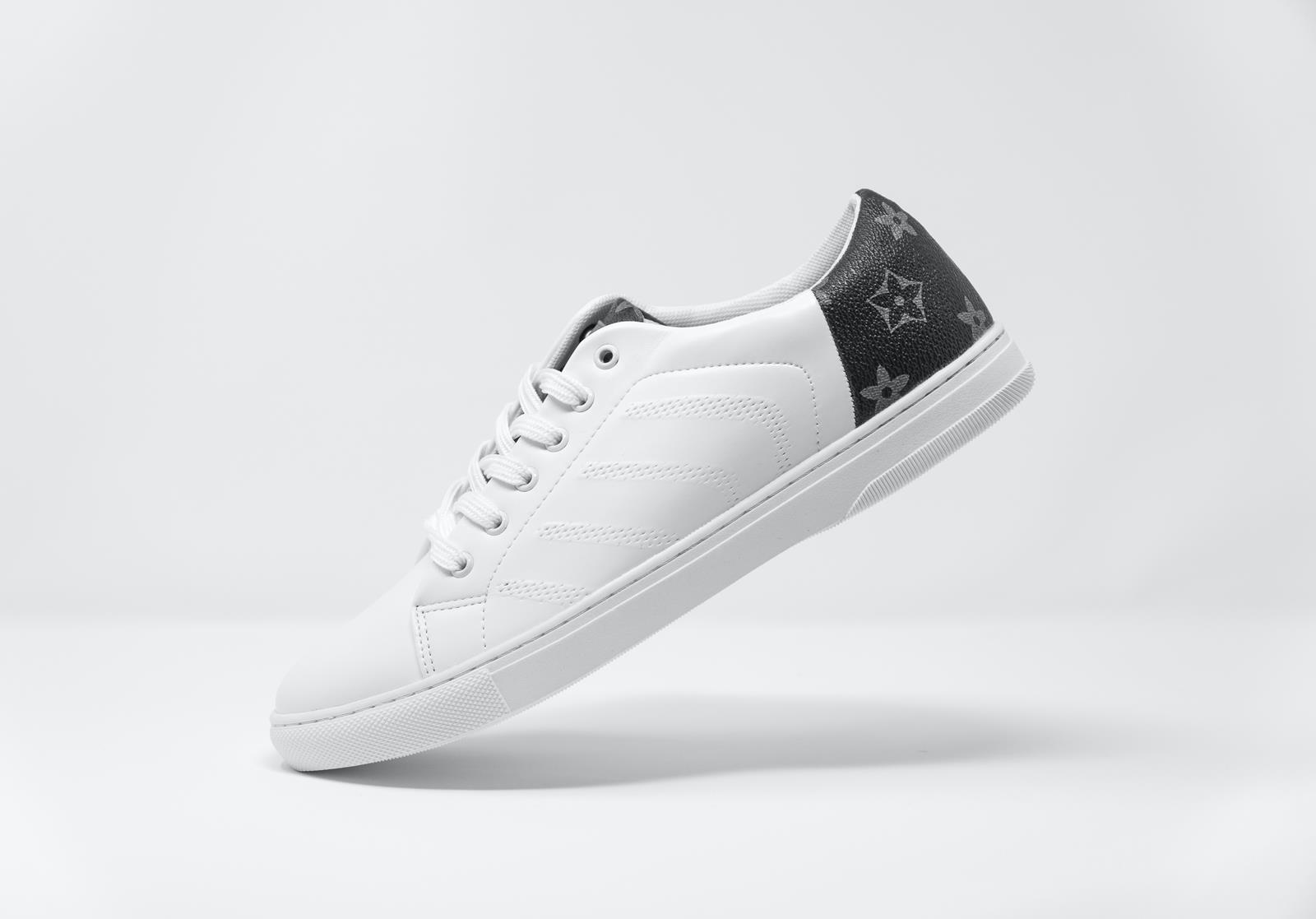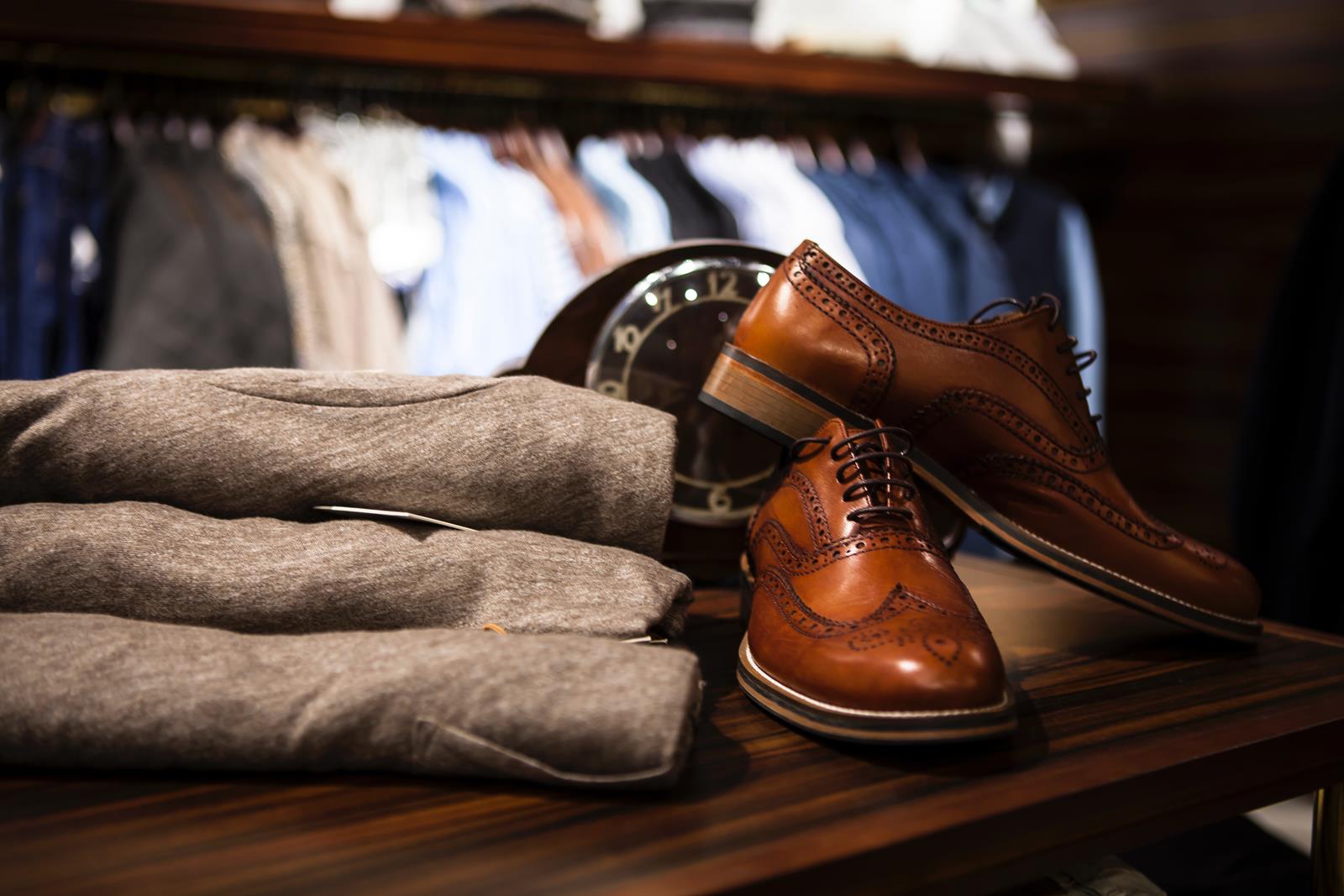Petite Modeling Agencies
When looking for a modeling agency for petite models, it’s best to choose one that specializes in the type of petite model you are. While commercial female models are typically about 5’4″ and up, there are many other modeling opportunities for petite models. Some of these jobs are more appropriate for smaller models, such as lingerie and swimsuit modeling. Other modeling agencys are boutique and specialize in this type of model. In addition to the large agencies, there are also smaller boutique agencies that specialize in petite models.
Because of the demand for smaller models, there are now many agencies dedicated to these models. The majority of petite modeling jobs are geared towards smaller female models. Petite models are often sought for special types of modeling, such as lingerie, hand, and part modeling. Petite models don’t need to be very tall in order to be considered for runway modeling, and they can be fit showroom models. If you’re not quite as tall as these models, you may want to consider modeling for small companies.
If you’re petite and interested in working as a model, consider submitting your portfolio online. You can submit four photos, as well as contact information. In addition to your headshots, you’ll also need to provide your measurements and your e-mail address. A small fee may be required for submission, but the rewards are well worth it. In addition, you’ll be able to secure high-profile jobs by working with a top modeling agency.
In addition to finding a petite modeling agency, you’ll need to get your photos in front of many modeling scouts and agents. The more models you have in front of them, the more likely you’ll become a successful petite model. The best part about petite modeling is that you don’t have to spend a fortune on photo shoots. Getting started can be difficult if you live outside of a big market. Photographs can take a long time to send, and it can be costly to mail photos via the internet.
When looking for a commercial modeling agency in New York, you may have a few choices. Here are a few: IMG Models, Next, Muse Models, Foreman Management, and Wilhelmina Models. Each one offers unique services that can help you find work as a commercial model. These agencies have offices across the country, and each offers different benefits and tips to succeed. Read on to learn more.
IMG Models
IMG Models is one of the most renowned and respected modeling agencies in the world, with offices in five world capitals. This agency represents some of the most talented and well-known models, including Bella Hadid, Gigi Hadid, Kate Moss, Alek Wek, Gisele Bundchen, Miranda Kerr, and many more. The agency has a strong focus on health and fitness, and has started a bi-annual health initiative called Model Prep. In December 2013, IMG Worldwide acquired Forstmann Little & Company, and now IMG Worldwide is part of William Morris Endeavor, an international sports and entertainment platform.
Next
The Next commercial modeling agency in NYC represents top models including Arizona Muse, Myla Dalbesio, Suki Waterhouse, Imogen, and Abbey Lee Kershaw. Its clientele includes both males and females, and the agency has been a top contender for both teen and adult roles. Founded in 1989, Next Models also features online applications and open casting calls. Its portfolio includes a wide variety of models, including top-models and hybrids.
Muse Models
MUSE Models represents top models on the west coast. Its clients include Nordstrom, Hollister, Abercrombie, Adidas, Gucci, Converse, Levi’s, Hanna Andersson, Pendleton, and Nike. Clients include many high-profile brands such as Levi’s, Prada, and Marc Jacobs. MUSE also offers models the opportunity to work internationally.
Foreman Management
If you’re looking for a top-notch New York agency, you should contact the Foreman Management commercial modeling agency. This talent agency has a history of placing new faces in top New York agencies. For example, the agency has placed models for Ford, Next, and DNA, among others. The Foreman team is also active in Austin, Texas, where it holds open calls for new faces and placements with other local agencies.
DNA Models
If you’re looking for a top-notch modeling agency that’s dedicated to developing the careers of the next generation of female models, look no further than DNA Models. With a long history in the industry, DNA is large enough to succeed financially, yet intimate enough to build a distinctive image for each client. Founded in 2001, DNA manages the careers of top models including Linda Evangelista, Amber Valletta, Doutzen Kroes, Kaia Gerber, and Emily Ratajkowski. Additionally, DNA represents Emily Ratajkowski, Jeanne Damas, and more. It also has a strong Development roster and accepts email photos.
Boom!
The Cornell College of Engineering and Bowers CIS hold a technology showcase, called Boom!, every year. The event is made possible through generous corporate sponsorship. It features research from various fields and is free to the public. Middle school students are particularly encouraged to attend. In addition to the public, Boom! is also free to students, and it’s open to the public. To learn more, read the information below. Also, take a look at the list of the most common collocations with Boom!


